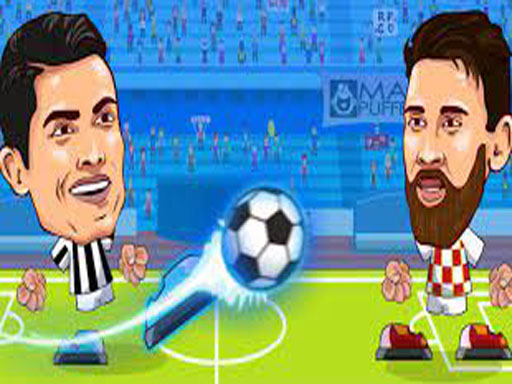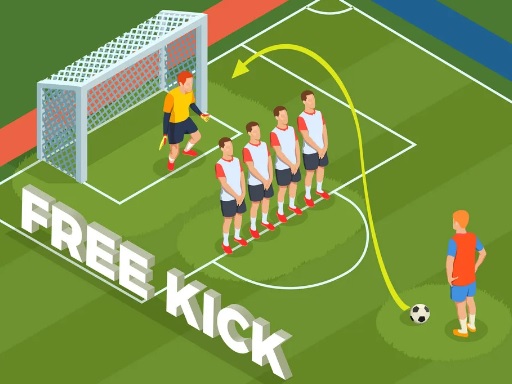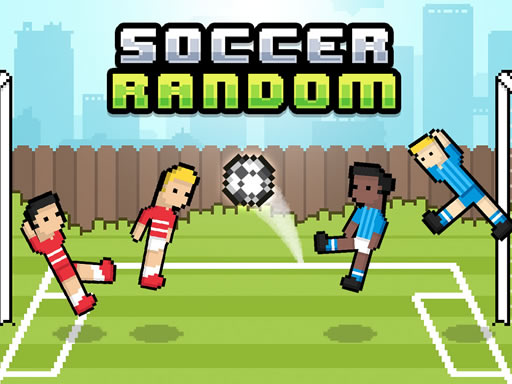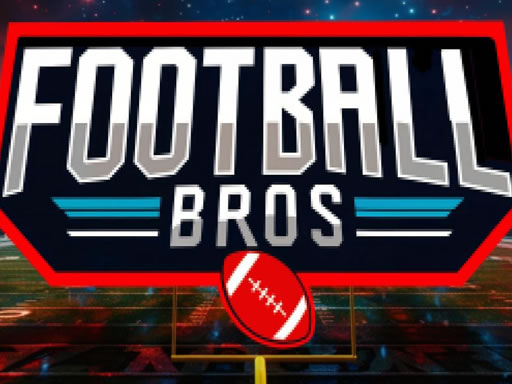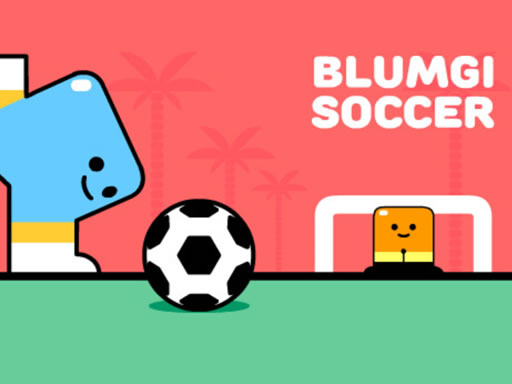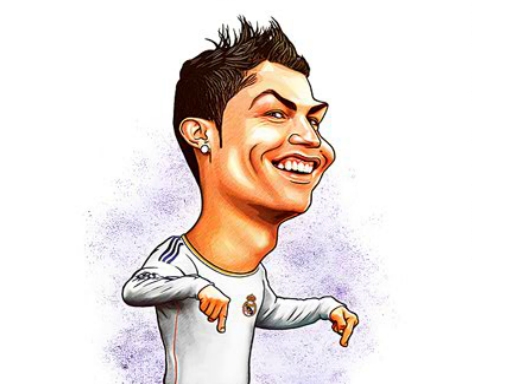In soccer, a "head ball" (more commonly referred to as a "header") is a play where a player uses their head to control, direct, or strike the ball. Here are some key aspects:
1. Technique and Execution
Players typically jump into the air and use their forehead to make contact with the ball. The timing of the jump, the position of the body in the air, and the angle of the head are all crucial for a successful header. For example, a player may need to time their jump to meet a cross (a long pass from the side of the field) at the right moment to direct the ball towards the goal or to a teammate.
Different types of headers can be used, such as a glancing header, where the player only lightly touches the ball with their head to change its direction slightly, or a more powerful header aimed at shooting the ball into the goal.
2. Strategic Use
Headers are often used for scoring goals. When a cross is delivered into the penalty area, strikers or attacking midfielders may attempt to head the ball into the net. For instance, in a corner kick situation, a player may head the ball towards the goal to try and score directly or to create a scoring opportunity for a teammate.
Headers can also be used for defensive purposes. Defenders may head the ball away from their own goal area to clear it from danger. This is especially important when dealing with crosses or long balls that are aimed at the goal.
3. Physical Demands
Performing headers requires good physical fitness, including strength, balance, and coordination. Jumping power is essential to reach the ball in the air, and the ability to control the body's position while airborne helps in making accurate headers. Additionally, players need to have the courage to head the ball, as it can sometimes involve contact with other players or the ball at high speeds.


